Our mission as promoters of eco-conscious travelling
We heard our calling as promoters of eco-conscious travelling during a recent trip to Malaysia when we realised the extent of the environmental impact left behind by thousands of tourists.
We realised how imperative it is to contribute to the awareness of what is happening to our Mother Earth and how it is necessary to help change attitudes and mentalities in the attempt of reversing the harm that has already been caused.
It is in the hands of every single one of us to do something, small as it may seem, to contribute by teaching through example.
Wonderful Malaysia
Malaysia is a country of tropical beauty, national parks, rich flora and fauna and biodiversity, making it a very desirable destination for tourism. However, we noticed that there are still many travellers with no respect for nature or the local environment they are visiting.
On the other hand, locals often don’t impose stricter measures on littering and pollution, either because they need the revenue from tourism or because they don’t have enough information about the depth and consequences of the environmental heirloom left behind.
At the end of three months in Malaysia, mostly on the island of Langkawi, after a few disturbing episodes, we realised that those experiences were actually a calling to our new mission: to create awareness about the importance of having an eco-conscious lifestyle, which includes an eco-friendly travelling attitude.
Here are only four of the most critical episodes we witnessed.
1 – Sugar Addict Monkeys In The Batu Caves
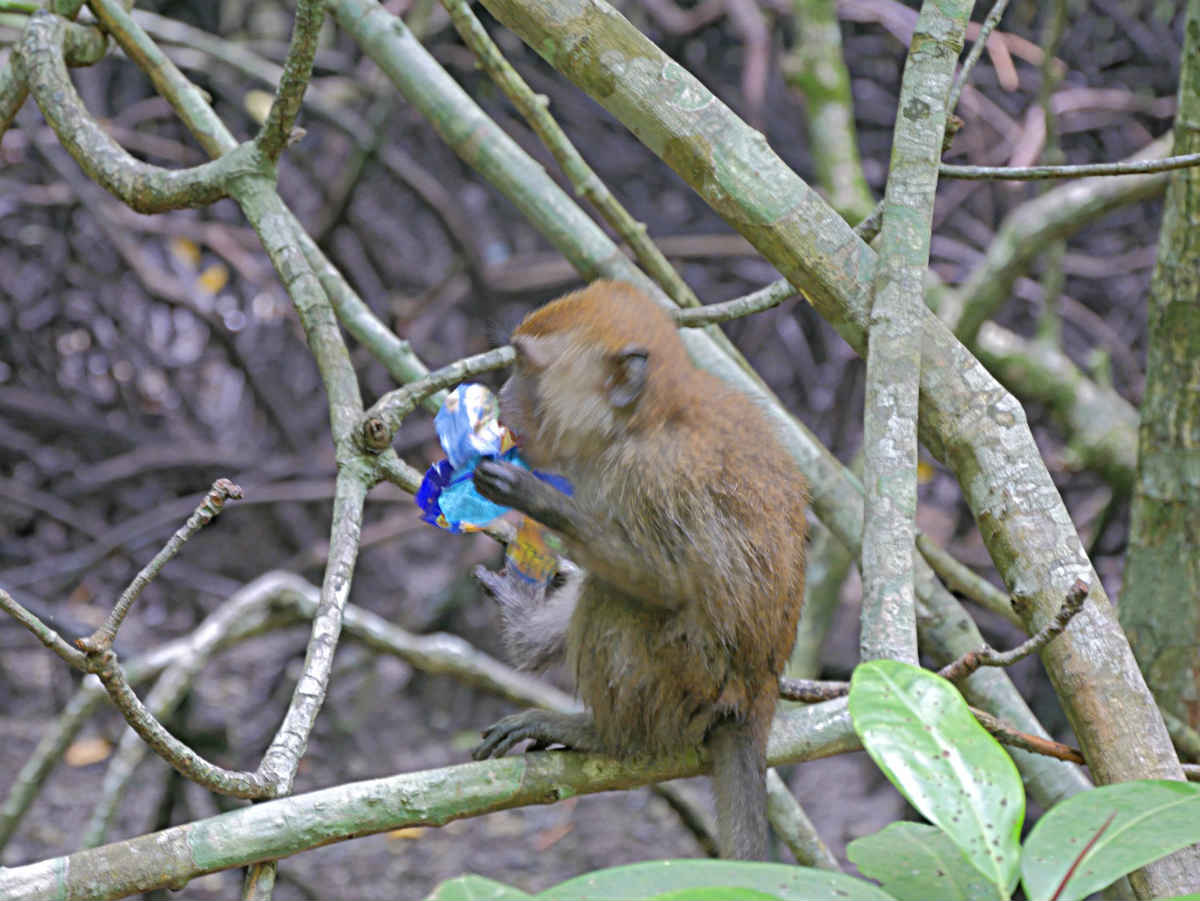
During our visit to the famous Batu Caves* in the north of Kuala Lumpur, we witness an appalling scene of a monkey desperately trying to break into a soda can that had been just handed to him by a tourist. This was not an isolated case. All the way up the 272 steps that lead to the Hindu temples within the caves, there were dozens of monkeys approaching and sometimes even threatening people passing by, in search of food or drinks. It was heartbreaking. The irony of the situation is that the same people who turn these creatures into sugar addicts are the same ones who often complain about their “savage” behaviour.
We walked away from our visit disturbed and distressed.
2 – Where Are The Pristine Tropical Beaches Of The UNESCO Heritage Langkawi Island?
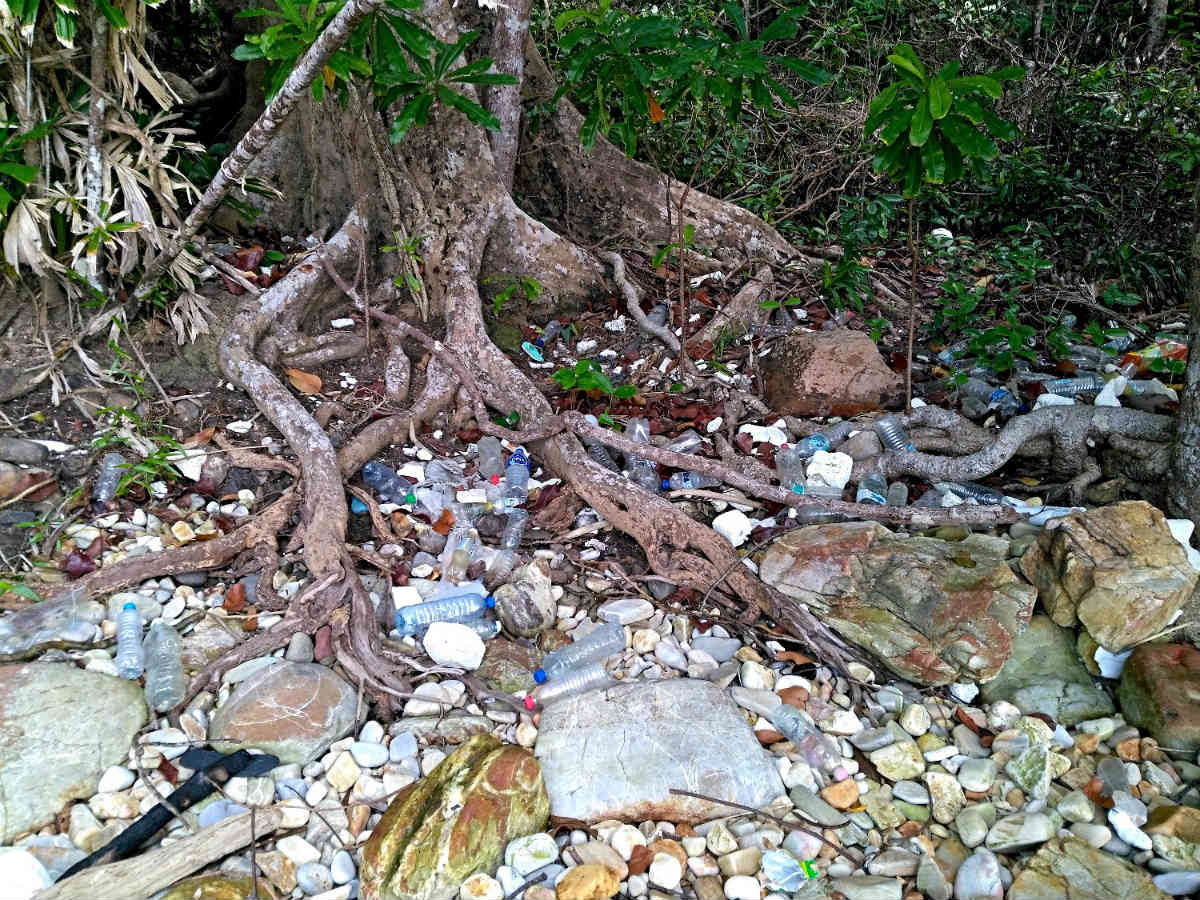
We had been on the island of Langkawi, for a few weeks doing volunteer work before we had a chance to tour around and explore what the island had to offer. We were expecting to find breath-taking white sand beaches as we found Thailand, Africa or Brazil. Instead, when we walked into Skull Beach, in the northwest of the island, our eyes were immediately drawn toward plastic bags with leftover food, some partially spread on the sand. Those plastic bags were not just pilled up litter due to overloaded wastebaskets. They were part of a dirty mess left behind by careless people.
We decided to follow the advice of a friendly man who was sitting under a shade at the entrance of the beach and walked on a narrow road until we reached a small isolated beach. Our venture through the beachside forest built up suspense toward what we were going to find. After a five minute walk, we found ourselves facing an ocean of plastic bottles washed out on the sand.
My forehead frowned, my heart accelerated and before I could open my mouth James was already going on about how careless, selfish, insensitive and dirty people can be.
How was that possible?
“Good management is the art of making problems so interesting and their solutions so constructive that everyone wants to get to work and deal with them.”
3 – Where Are The Surfers?
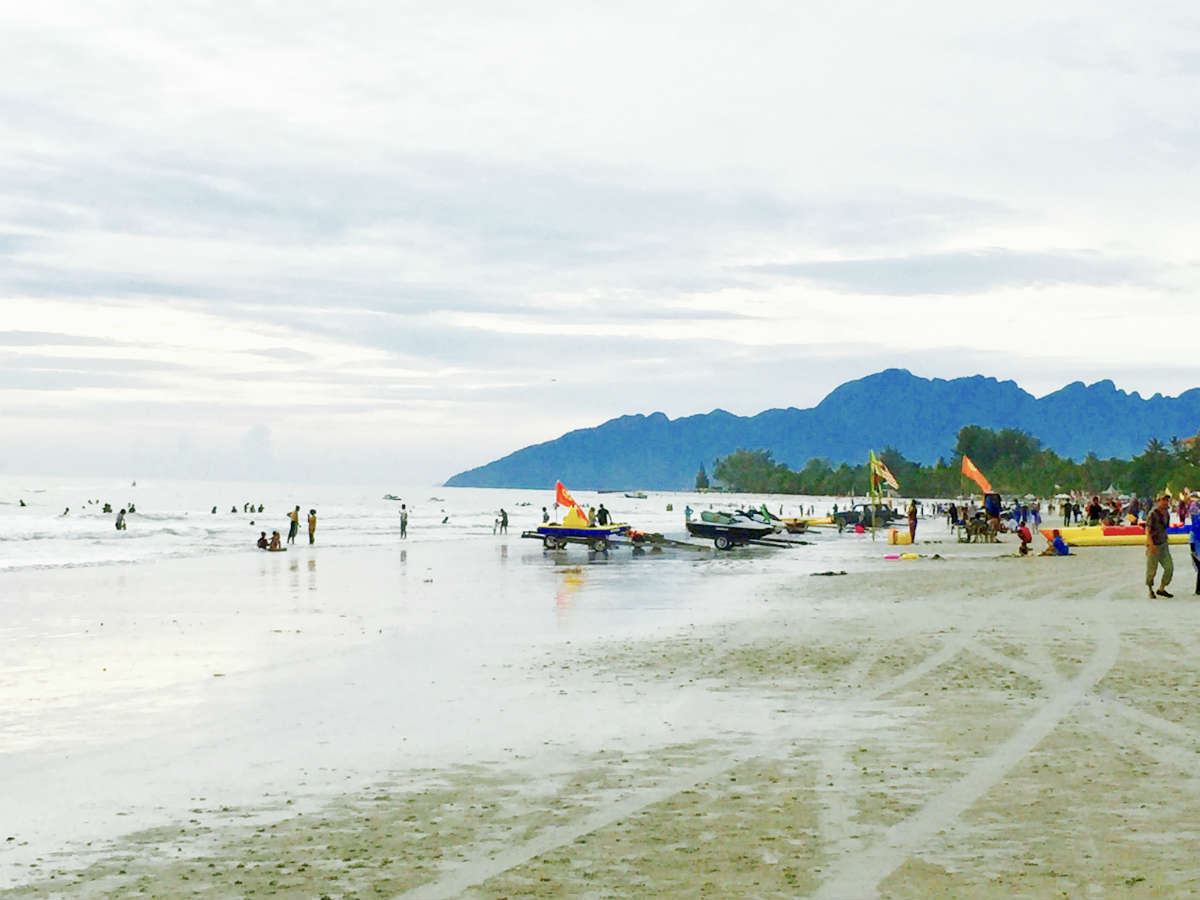
During one of our sundowners in Cenang Beach, also in Langkawi, we engaged in an enthusiastic conversation about surf and waves with a local old time surfer. We asked him how come there are no surfers or SUP’s on the water in spite of the beautiful beach. “Just look out there” he replied pointing out to the sea. This potentially magnificent beach for eco-friendly watersports becomes a jungle of noisy jet skis parading around, pulling banana boats and water skis.
It is visually polluting to walk along Cenang Beach close to sundown when the jet ski rental companies start to collect them. taking their polluting pickup trucks through the sand. At the same time, all across the waterfront, you can see the countless bottles and cans stuck on the wet sand, left behind by tourists, locals and the ocean itself.
In all fairness, it is relevant to mention that we were in Langkawi during Monsoon season, a time of the year when there are heavy rains and strong ties. This is the time when the oceans throwback to the shores a good part of what us humans throw at it during the year.
4 – Mangrove Tour – The Last Drop
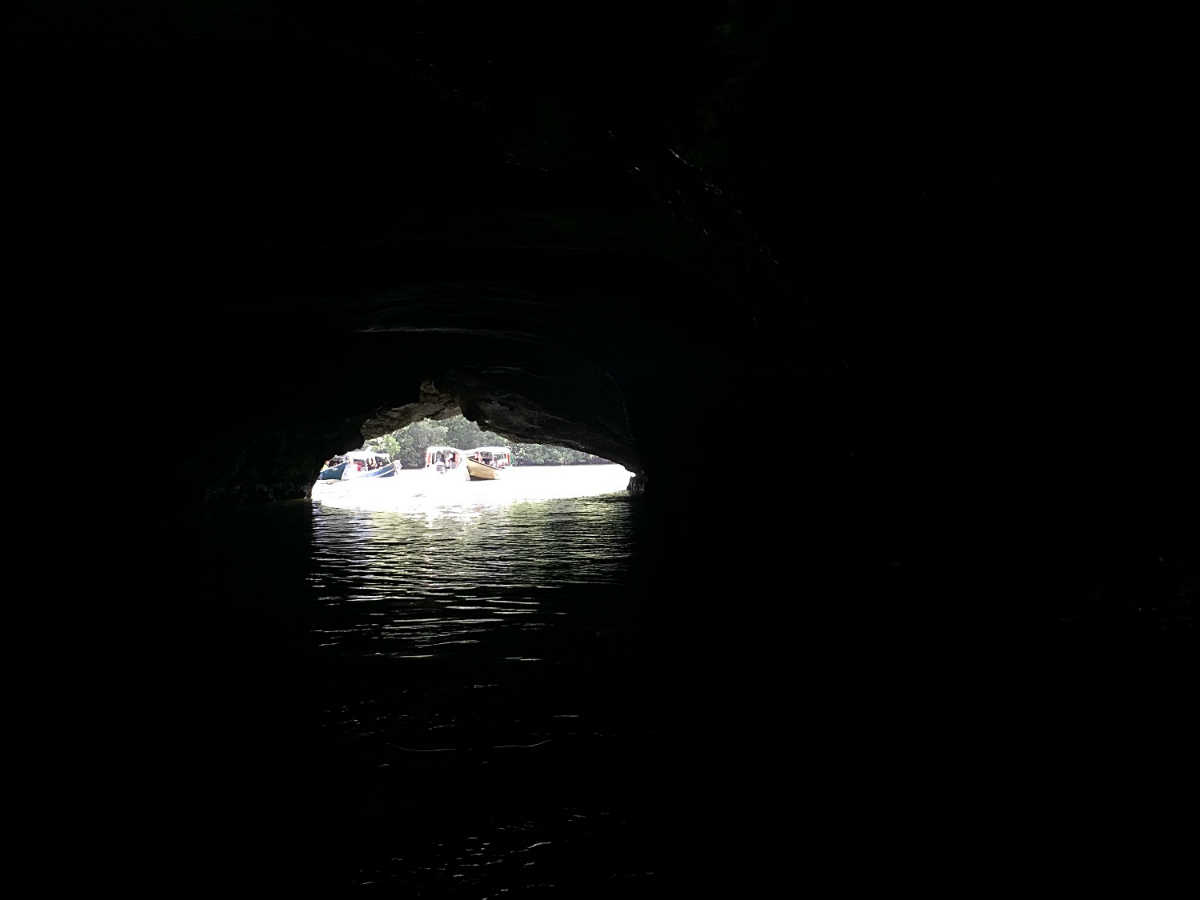
Crocodile Cave
Langkawi rightfully takes pride in its status of UNESCO Global Geopark for the island’s rich bio and geodiversity. We were eager to explore.
On our first, and only, attempt to go on an eco-tour we joined a group of guests who were staying at the Alamanda Villas, where we were temporarily doing volunteer work. We took one of several options of the very popular mangrove boat tours. These trips last between three to five hours, are offered by various operators and generally include a combination of watching monkey in their habitat, eagle watching, visit a fish farm, passing through the Crocodile Cave and the Bat Cave, while cruising on a motorboat.
Apart from the scenery, the tour was more of a conscience torture than entertainment.
Why?
For a few reasons, but’s let’s only look at the two which we consider most critical.
First, the passage through the Crocodile Cave which not surprisingly has no crocodiles nowadays. This is a small cave through which we pass to cross to the other side and continue the tour. It is very small and only fits a couple of motorboats that line up on both sides waiting for each one to pass, while tourists take photos of (literally) the light at the end of the tunnel. It would have been interesting to measure the CO2 level inside the cave. Only a few minutes inside were enough for irritating our throats.
Second, was the Bat Cave intended for visitors to watch bats in their natural habitat. We were quite surprised to see big torches being rented at the ticket counter, but even worst was to see inside the cave, a combination of torches and mobile phone lights being flashed around and people screaming hysterically as some of the bats were flying around here and there. Were we in a Dracula horror movie?
Was there any security to ensure the bats were not disturbed? We didn’t see anybody.
Let’s not even mention the fish farm subject, because from a vegan perspective that is certainly not an attraction!
Can you see the picture?
Do you share the feeling?
Do you think we are we being radical?
What’s Next?
Not wanting to sound righteous or patronising, but all these episodes, made us feel a moral obligation toward Mother Earth – our home – to at least try to do something and create awareness for the need for a global ecological attitude.
Our objective is not to point fingers, but to acknowledge that there is an education gap concerning environmental issues that desperately need to be addressed. It is the responsibility of every single one of us to have a daily eco-friendly attitude and contribute with actions, but also by serving as an example to others. It is our responsibility to make sure that the generations to come have a healthy earth to live in.
We created a strong bond with Langkawi and the people we met. For this reason, we chose this beautiful island to be our starting point.
We have some ideas but are not sure how to implement an effective and efficient awareness plan. Our main tools are our strong environmental convictions and the willpower to make a difference. We trust we will find a way and will meet likeminded people willing to get involved.
Do you have any ideas?
Would you like to join us?
If you have experience in creating ecological awareness or have some ideas, we are eager to hear them. If you want to share them leave your suggestions in the comments below and we will get back to you as soon as possible.
If you want to follow our quest subscribe to our weekly newsletter to keep informed.
Thank you for reading this far.
Happy travels!
P.S - Did you like this post? If you did, please, share it on your social media, forward it to your friends and leave your comments below. Your feedback is very important to us.
P.S.S.S. - Have you booked your next trip yet? Check out our travel resources page for the best deals on flights, accommodation, travel insurance, car rentals, tours and anything you need for a memorable vacation.
Reading Suggestion for Environmental Awareness
Drawdown The Most Comprehensive Plan Ever Proposed To Reverse Global Warming, is a book by Paul Hawken, an American environmentalist, entrepreneur, author and activist (Wikipedia).
This book is the result of teamwork between environmentalists, politicians, scientists and policymakers to shows one hundred measures to reduce and reverse carbon emissions during the next thirty years.
More books from Paul Haouken book here.
Click image for more information and purchase.

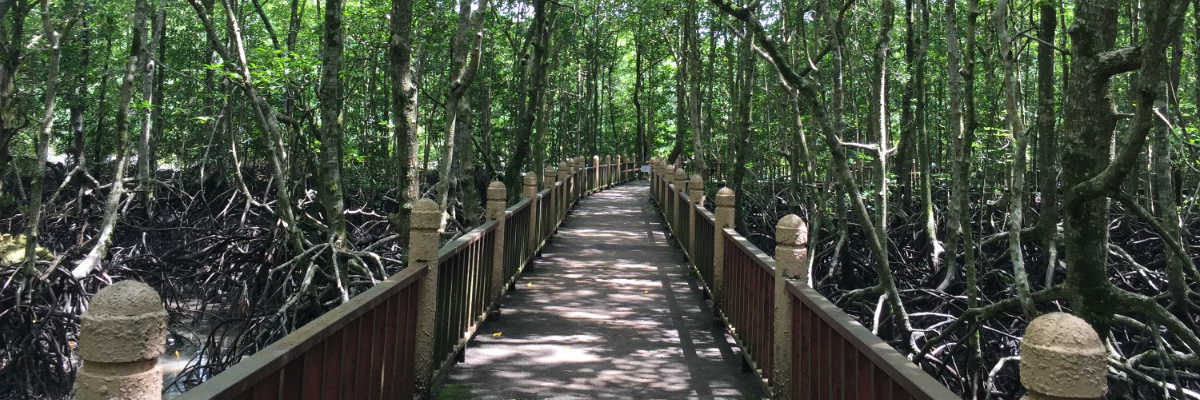

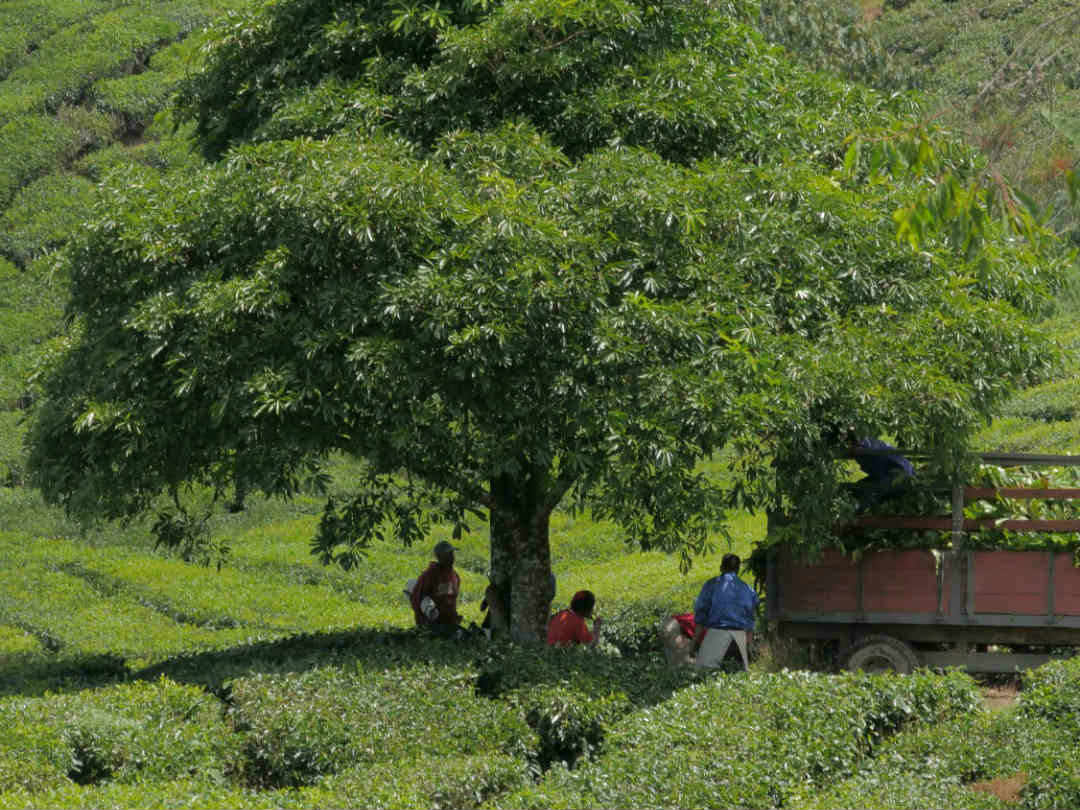
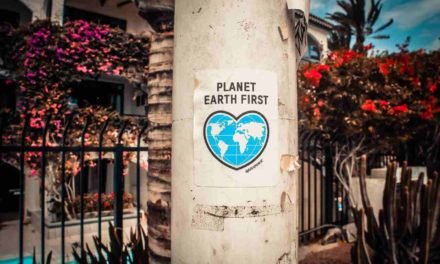
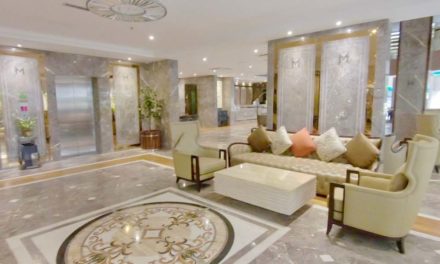
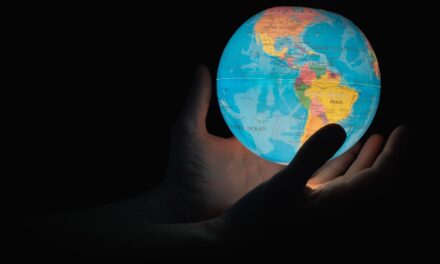









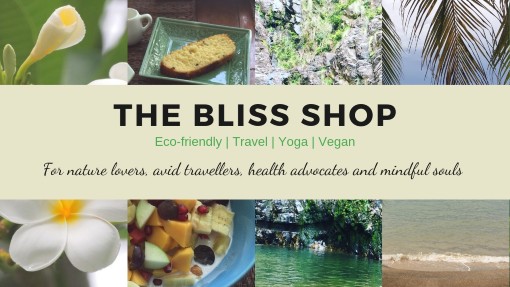



0 Comments